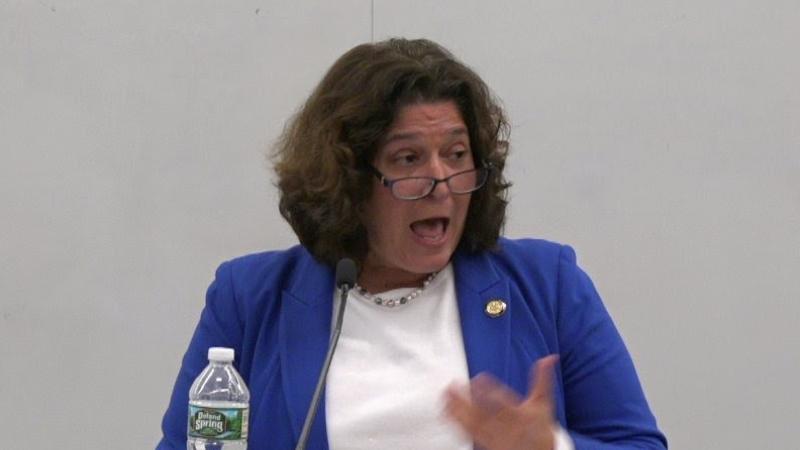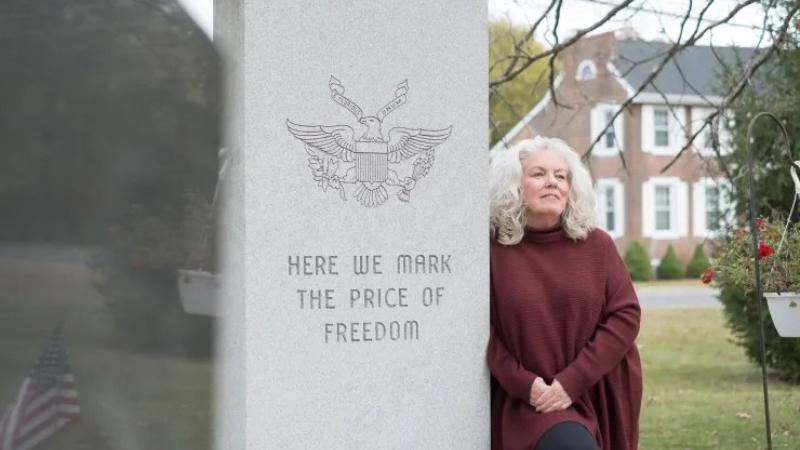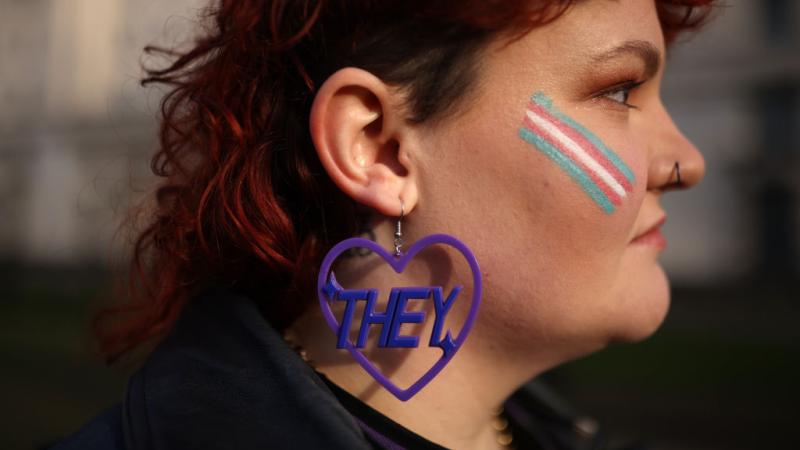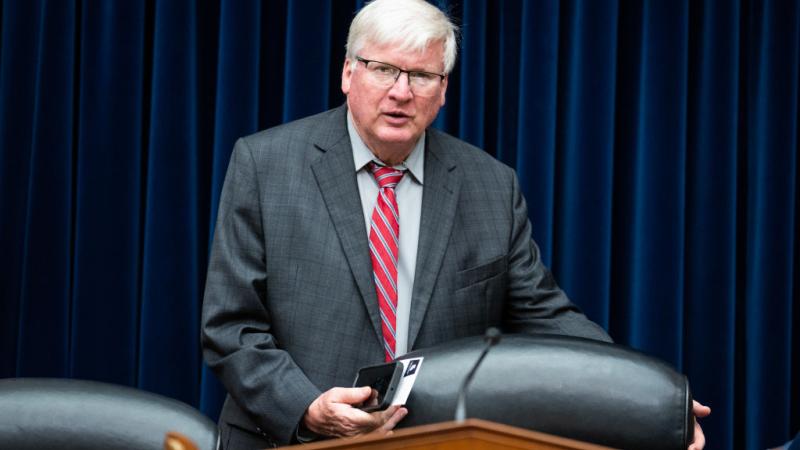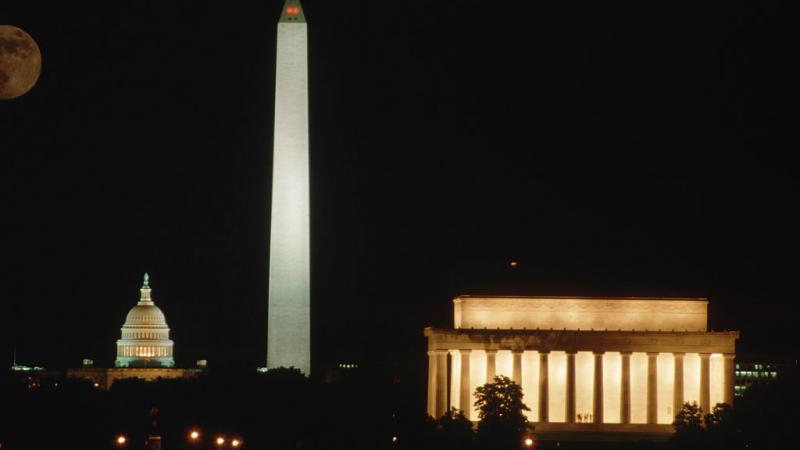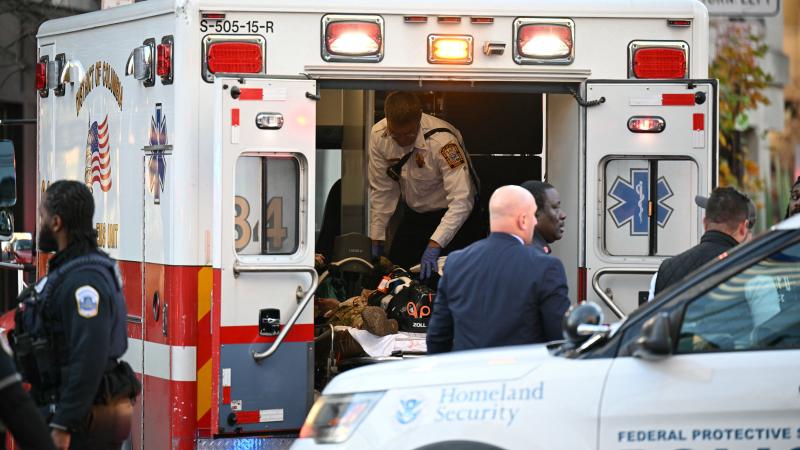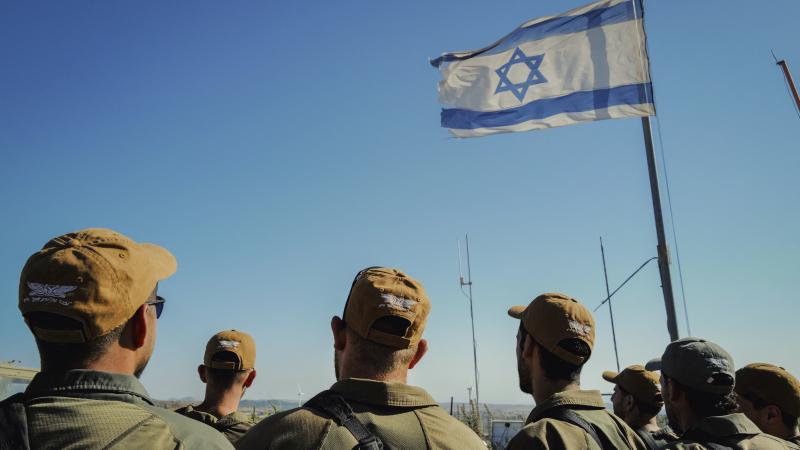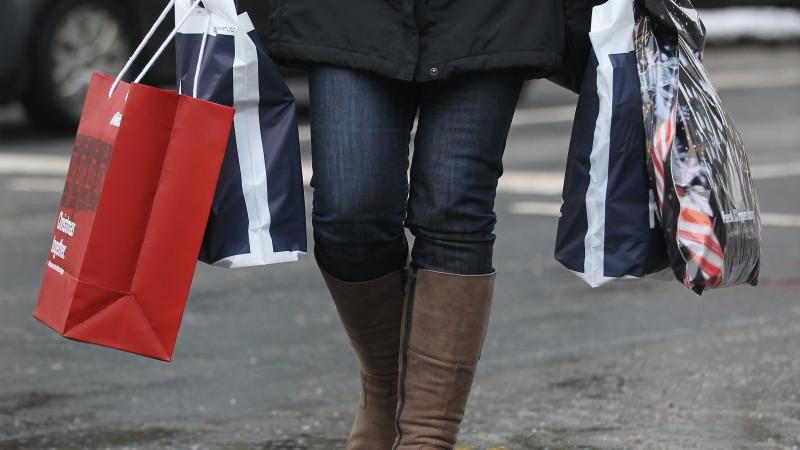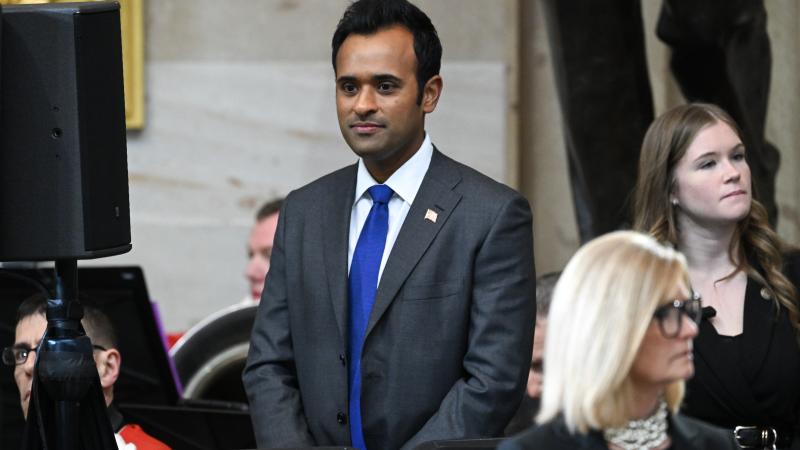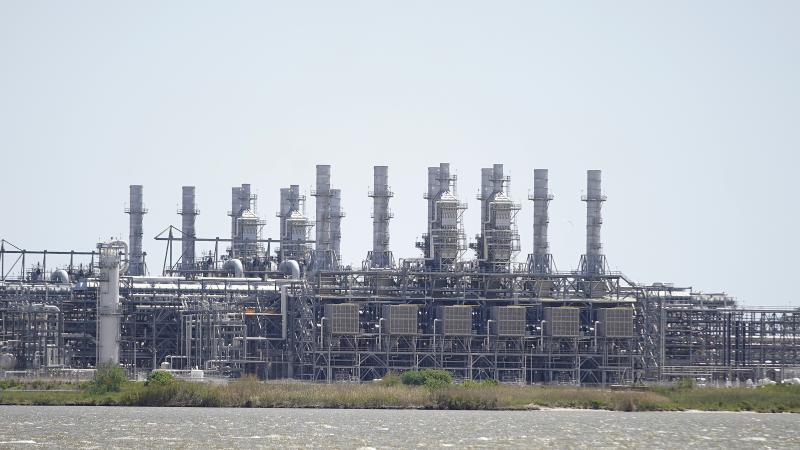Colleges that protect free speech exceed those that 'clearly' don't, first time in 19-year study
Dartmouth gets back its "green light" rating, only Ivy League school whose policies "do not seriously imperil free expression" in free speech group's annual rankings. Upper Midwest dominates most censorious public colleges.
As U.S. colleges grapple with how to respond to anti-Israel protests and counter-protests stemming from the Israel-Hamas war for a third consecutive academic year, facing defunding from the Trump administration and payouts to students in court, are they becoming more protective of free speech or just more ambiguous on what's punishable?
For the first time in nearly 20 years of evaluating campus speech codes, the Foundation for Individual Rights and Expression found more schools with policies that "do not seriously imperil free expression" (73) than those that "clearly and substantially restrict free speech" (72) for the 19th edition of its "Spotlight on Speech Codes" released this week.
"This marks a substantial improvement" from last year's report "and the reversal of a concerning trend," FIRE said, with the number of schools earning the highest rating jumping by 10 and the number with the worst rating plunging by 26.
Dartmouth College is the only school in the Ivy League to earn FIRE's "green light" rating, which it lost in 2015 for setting up a "bias incident reporting" protocol that made "joke telling" punishable. It got back the rating in this report after a new administration worked with FIRE to stop investigating protected speech and change its harassment policy.
Princeton remains the only Ivy with the worst "red light" rating, while the rest kept their "yellow light" for "maintaining policies that impose vague regulations on expression." Harvard was the most recent Ivy to jump from red to yellow, in 2022, senior program counsel for policy reform Ryan Ansloan told Just the News.
Harassment, bias and "hate speech" policies were the most "frequently revised" for the report, especially bias reporting systems that "encourage students to anonymously report on one another" and other campus members, then conduct "interventions" with them, "if not protracted and chilling investigations or outright punishment," FIRE said.
Several Bay State changes resulted from the Massachusetts Board of Higher Education, which revised definitions and examples of harassment in its catchall policy on equal opportunity, nondiscrimination and Title IX sex discrimination," the speech watchdog said
That followed two consecutive Spotlight reports in which red-light ratings rose, reversing 15 years of declines, largely attributable to "overbroad policies on harassment that can too easily be applied against protected speech," according to FIRE's 2024 report.
FIRE credited lawsuits and court rulings for pushing schools to rescind or restrict bias teams so that protected expression is not investigated even if administrators provide support to complainants, as well as advocacy by campus constituencies and pressure by state and federal elected officials, "at times appropriately and at others inappropriately."
The changes from the deep South to New England suggest "there is no single reason for the shifting approach to bias reporting policies," the report says.
Upper Midwest dominates taxpayer-funded offenders
The yellow light has dominated the rankings since the 2017 report, when it switched places with red, while green-light schools have incrementally increased every year since 2015, first coming within 10 percentage points of red in 2021 before swapping places this year.
More than two-thirds of the 490 rated schools are yellow, 25 of them having upgraded this year from red, most prominently Georgetown, Northwestern and Rutgers. The only school to drop a rating, from yellow to red, was nominally women-only Smith College, the subject of a civil rights complaint in June for accepting men who identify as women but not the reverse.
The rankings reflect FIRE's five months of polling last year of how students perceive their own campuses, with a plurality (42%) saying it's "somewhat" clear their administrators protect free speech while 24% say it's "not at all" or "not very" clear administrators do.
As for how administrators would respond to a speech controversy on campus, 47% of students said officials would be "somewhat" likely to defend that speaker's right to expression and 28% said it was not at all or not very likely.
Louisiana Tech, the alma mater of NBA Hall of Fame forward Karl Malone, was the only red-light school to jump two categories to green. Other new greens: Dartmouth, Vanderbilt, Missouri University of Science & Technology, the University of Missouri's flagship and St. Louis campuses, Clemson, University of South Carolina, Virginia Commonwealth University and Middle Tennessee State University.
The improvements reflect the dominance of public colleges in higher ratings, which are more than twice as common in green (17.2%) and nearly three times less common in red (10.6%) than private colleges (7.1% and 28.3%). Public colleges are 73% of reviewed schools.
The worst public offenders are Minnesota, with five red-light campuses, and Illinois with four, followed by Alabama, Alaska, California, Colorado, Massachusetts, Michigan, New York, Pennsylvania and Washington with two each.
The best private colleges are found in California, Georgia, Indiana, New Hampshire, North Carolina, Oklahoma and Tennessee, none of which had more than one private green light.
The ratings don't cleanly match up with other positive steps colleges have taken in FIRE's view, with 113 administrations, university systems or faculty bodies formally adopting free speech statements along the lines of the University of Chicago's pioneering 2015 statement, and 32 adopting institutional neutrality statements like UChicago's so-called Kalven report.
The graphs in the report, which FIRE started releasing in 2006, only go back to 2012, mainly for readability, Ansloan said. It's added nearly 100 schools to FIRE's database since 2012, when red-light schools fell to 65% from a high of 75% in 2007, he said.
The Facts Inside Our Reporter's Notebook
Links
- defunding from the Trump administration
- payouts to students in court
- 19th edition of its "Spotlight on Speech Codes"
- FIRE said
- lost in 2015 for setting up a "bias incident reporting"
- two consecutive Spotlight reports
- appropriately
- inappropriately
- civil rights complaint in June
- FIRE's five months of polling
- NBA Hall of Fame
- Karl Malone
- 113 administrations
- University of Chicago's pioneering 2015 statement
- 32 adopting institutional neutrality
- UChicago's so-called Kalven report
